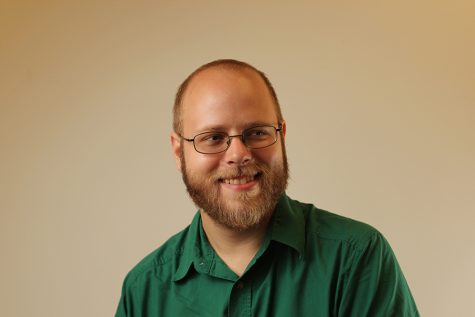NASA grants enable creativity, participation
STEM majors receive funding for robotic projects
Apr 28, 2015
Picture if you will a robotic cat feeder, conceived and crafted by student hands.
NASA has begun a new project to encourage students to explore and stick with STEM majors.
Nine community colleges, three in Northern California and six in Southern California, will reap the benefits of the work of the California Space Grant Consortium, based at UC San Diego, and Contra Costa College is one of them.
Participating students will work in three groups of four to produce functional robotic systems, and when finished will receive a payment of $750 per group, Jon Celesia, physics and astronomy department chairperson, said.
“I was involved in writing this grant for NASA, and we got approved. It’s a two-year grant,” Celesia said.
The project is based around the use of Arduino, an open-source set of hardware and software.
“They get to make up their own project. Part of it is understanding the programming language and the different sensors they can use,” Celesia said. “They get to be creative — it’s a fairly new, fairly exiting, cutting edge thing.”
It is very real world, teaching programming and soldering, he said.
Astronomy and physics assistant professor Mark Wong said, “The college has periodically partnered with other institutions, (but this is new ground). It’s a chance (for students) to apply the skills they’re learning in their engineering classes, instead of strictly theoretical work.
“The whole Arduino (system is) a very cheap micro controller, just $20-$30, (although) sensors are more expensive. It’s bringing the ability to tinker to many more. (We’re) grateful to NASA for investing in these skills.”
STEM major Alvaro Romero said, “It gets my blood pumping to be working with NASA. I’ve always looked to become an astronaut, or work beyond earth’s atmosphere.
“My older brother’s also a STEM major, and he recommended the program to me. It opens my mind up to different possibilities. I didn’t think about working with electronics.”
Celesia said students will get to tour NASA Ames Research Center, one of three NASA locations in California, and participate in live ‘webinars’ (web seminars).
Wong said, “(Students will) get to hear talks from NASA researchers, (hear) how they view science, and use computational science and robotics.”
Celesia said, “We have funded students, and we have some who are doing it on the side. About 20 students are involved. (Those interested) should be taking a full load of courses, (including) engineering and programming. We choose who is most suited, or who will benefit most.”
“I like it for political reasons as well. It’s open source, not limited by licensing — it’s kind of cool,” Celesia said.
Wong said, “The role (Celesia) and I fill is to be sounding boards — to find solutions or workarounds, and make sure students don’t find themselves adrift.”
Celesia said, “It’s been pretty much on hold (so far). NASA pushed up the start date and we’ve been struggling to catch up.”
Wong said, “Most of the work will happen later in the semester and over the summer.”
Interested students would be well served to talk to professors Celesia and Wong, whose offices can be found in the Physical Sciences Building.


